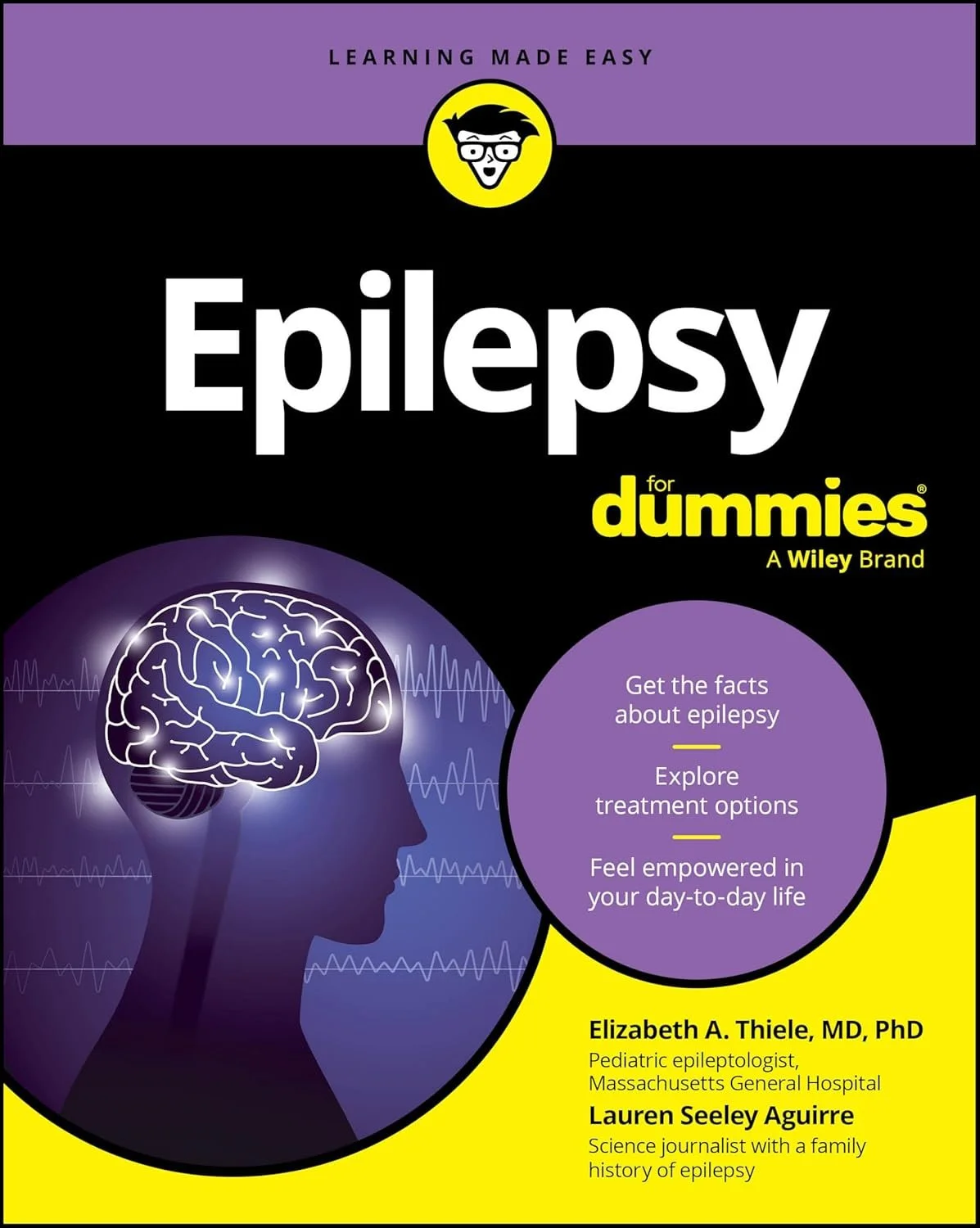Modified Ketogenic Diets: The Ins and Outs of Success
/By: Laura Dority
The Keto Hope Foundation recently hosted a webinar titled: Modified Ketogenic Diets for Adults and Pediatrics that was attended by more than 80 RDs across the globe. We were fortunate to have 2 experts present on the topic – Kelly Roehl, MS, RDN-AP, LDN, CNSC from Rush University Medical Center in Chicago, IL covering the adult aspects of modified diets and Robyn Blackford, RDN, LDN from Lurie Children’s Hospital of Chicago sharing her unique protocol for modified ketogenic diets for pediatrics. Below is a summary of the webinar.
What is a Modified Ketogenic Diet?
First, we need to define what is a modified ketogenic diet. Unfortunately, there is no one universal definition which makes evaluating research on this topic difficult. Let me offer a simple definition that aligns with the research of modified ketogenic diets.
When research refers to a “classic” ketogenic diet it is referring to the most restrictive form of therapy and is often prescribed as a ratio of fat grams to carbohydrate and protein grams with all foods being weighed on a gram scale. For example, a 4:1 “classic” ketogenic diet means the diet prescription provides 4 grams of fat to every 1 gram of protein and carbohydrate combined. You may see ratios ranging from 1:1-4:1 with 3:1 and 4:1 being the most common.
On the other, there is no exact definition on “modified” ketogenic diets. Modified ketogenic diets may refer to low ratios (1:1, 2:1) or they may also refer to a version of modified Atkins or low glycemic index treatment. Essentially anything that is not a “classic” ketogenic diet is considered modified. For a great visual on the different forms of ketogenic diet therapy check out the Charlie Foundation website.
One thing that both the “classic” and modified ketogenic diets have in common is that they typically induce ketosis by shifting the metabolism from using glucose as an energy source to fat/ketones. The only exception to this may be low glycemic index approaches which may not induce ketosis in all patients.
What are the Benefits of a Modified Ketogenic Diet?
Less restrictive
Improved compliance
Reduced risk of side effects
Outpatient initiations
Great stepping stone/starting point
Modified ketogenic diets have allowed dietary therapies for epilepsy to expand outside the restrictive “classic” approach. Patients that were not able to stick with a “classic” approach or maybe were not medically appropriate have more options that carry less side effects and offer similar benefits.
What is the Efficacy of the Modified Ketogenic Diets?
Pediatrics
When done correctly the modified ketogenic diets can be effective at improving seizures. A review in 2016 of over 400 patients, showed an 85% chance of seizure reduction with the “classic” ketogenic diet and a 60% chance of seizure reduction with modified.
For those children that start on a modified ketogenic diet – what happens if they switch to a classic approach? Great question - research indicates that 37% of children on a modified ketogenic diet can get an additional 10% improvement in seizures by switching to a “classic” approach but only a few became seizure free. However, if a child did not have any seizure improvement on a modified approach switching to a “classic” approach was not beneficial.
Adults
A meta-analysis looking at 270 patients in 2015 showed that 34% of patients that tried a modified ketogenic diet had more than 50% seizure improvement and the compliance rate was 56%. When comparing to the “classic” ketogenic diet, 52% had at least a 50% improvement in seizure control but the “classic” ketogenic diet only had a 38% compliance rate. While this is only one study, it does indicate that while the modified diets are not as effective as the “classic” approach they do improve compliance. This could be key for patients who are unable to comply with the restrictiveness of the “classic” approach and otherwise would not have done any ketogenic diet treatment.
A study done at Rush University compared a modified ketogenic diet allowing 15 grams of carbohydrates (MKD-15) and 50 grams of carbohydrates (MKD-50) in terms of efficacy, compliance and quality of life. Individuals on MKD-15 were more likely to have improvement in seizures and more likely to report an improvement in quality of life. These results indicate that a more aggressive carb restriction had better outcomes and reflected on improved quality of life.
Simple Initiation Protocol:
Robyn Blackford, RDN, LDN shared her protocol for initiating a modified ketogenic diet that she created in 2006. One benefit of this approach is allowing a patient to ease into diet therapy and the potential of finding seizure benefit on a less restrictive goal. Please do not attempt to navigate any form of ketogenic diet without support from a knowledgeable RD.
Step 1: Take the average number of carbohydrates eaten from a 3-day food log.
Step 2: Divide the average carbohydrate intake in half to determine your starting carb restriction.
Step 3: Decrease carbs by 10 grams every week until at 40-60 grams/day or seizure improvement achieved.
Chart adapted from: Comparison of diet therapies for epilepsy. The Charlie Foundation at www.charliefoundation.org. 2012.
How Do You Choose Modified vs “Classic”?
The consensus statement from 2018 showed that experts agree --- all forms of the ketogenic diet are valid and beneficial.
“Classic”
Patients with a g-tube for nutrition
Infants and toddlers
Families that need a lot of structure and guidance
Modified
Patients will less intractable epilepsy
Teenagers and adults
Picky eaters
Families that are reluctant to “dive in” to ketogenic therapy can use a modified approach as a starting point or a way to get their feet wet.
Side Effects and Solutions
Side effects are similar in children and adults. Modified ketogenic diets have less side effects when compared to the “classic” approach. This is likely due to a lower level of ketosis and “dose of diet.”
Chart credit: Kossoff EH, Turner Z, et al. The Ketogenic and Modified Atkins Diets: Treatments for Epilepsy and Other Disorders. 6th ed. Demos Health, 2016.
Conclusion:
Modified ketogenic diets are effective in improving seizure frequency, severity and quality of life for both pediatrics and adults. Studies indicate that all types of epilepsy respond to modified ketogenic diets but those with generalized epilepsy may respond better. The modified ketogenic diets generally have less side effects compared to the “classic” approach. It’s important that families always remember that the modified ketogenic diets are a low carb AND high fat diet. Only doing low carb without the high fat aspect will not equal success. Intentional consumption of fat is key!
Resources:
Roehl K, Falco-Walter J, Ouyang B, Balabanov A. Modified ketogenic diets in adults with refractory epilepsy: Efficacious improvements in seizure frequency, seizure activity, and quality of life. Epilepsy Behav. 2019. April (93):113-118.
Kossoff EH, Turner Z, et al. The Ketogenic and Modified Atkins Diets: Treatments for Epilepsy and Other Disorders. 6th ed. Demos Health, 2016.
Kossoff EH, Zupec -Kania BA, et al. Optimal clinical management of children receiving dietary therapies for epilepsy: Updated recommendations of the International Ketogenic Diet Study Group. Epilepsia Open, 3(2): 175 - 192, 2018.
Comparison of diet therapies for epilepsy. The Charlie Foundation at www.charliefoundation.org. 2012.






















